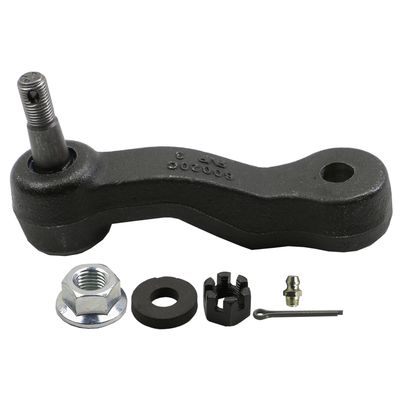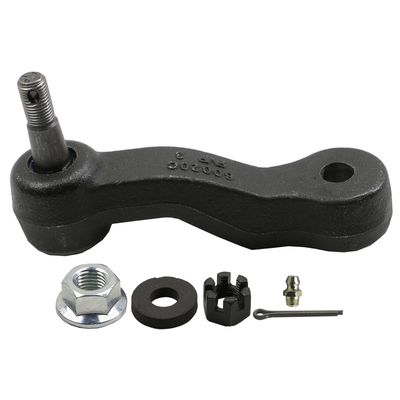Answer
Aug 13, 2024 - 09:43 AM
The GM Genuine Parts 19178433 Idler Arm, like any idler arm, can show signs of wear over time, which may affect the vehicle's steering performance and alignment. Here are some common signs of wear you should look for:
1. Excessive Play or Looseness- Symptom: When the idler arm is worn, it can develop excessive play or looseness. This can lead to a noticeable movement when you push or pull on the center link or tie rods.
- Check: With the vehicle safely lifted, try to move the idler arm up and down or side to side. If it moves significantly, it indicates wear.
- Symptom: A worn idler arm can cause the steering linkage to be misaligned, leading to uneven or rapid tire wear. You might notice that the tires wear more on one side or in irregular patterns.
- Check: Inspect your tires regularly for signs of uneven wear, particularly on the edges or in a feathered pattern.
- Symptom: If the idler arm is worn, the vehicle may exhibit steering wander, where the vehicle drifts or pulls to one side without any steering input. This is because the idler arm can no longer maintain the proper alignment of the steering linkage.
- Check: When driving, if you notice that you need to constantly correct the steering to keep the vehicle straight, it could be due to a worn idler arm.
- Symptom: A worn idler arm may cause a clunking or rattling noise, especially when driving over bumps or uneven road surfaces. This noise is due to the loose or worn-out components within the idler arm.
- Check: Listen for unusual noises from the front suspension or steering area when driving, particularly on rough roads.
- Symptom: The steering may feel less responsive or more vague if the idler arm is worn. You might notice a delay between your steering inputs and the vehicle's response.
- Check: Pay attention to the steering feel, especially during quick maneuvers or when navigating turns. A worn idler arm can cause a lag in steering response.
- Symptom: Upon visual inspection, the idler arm may show signs of wear, such as worn or cracked rubber bushings, corrosion, or physical damage.
- Check: Inspect the idler arm for any obvious signs of wear or damage, especially around the bushings and mounting points.
If you notice any of these signs, it’s important to have the idler arm inspected and, if necessary, replaced. Driving with a worn idler arm can lead to further damage to your vehicle's steering and suspension components, as well as pose a safety risk. Regular inspection and maintenance can help prevent these issues.





Add New Comment